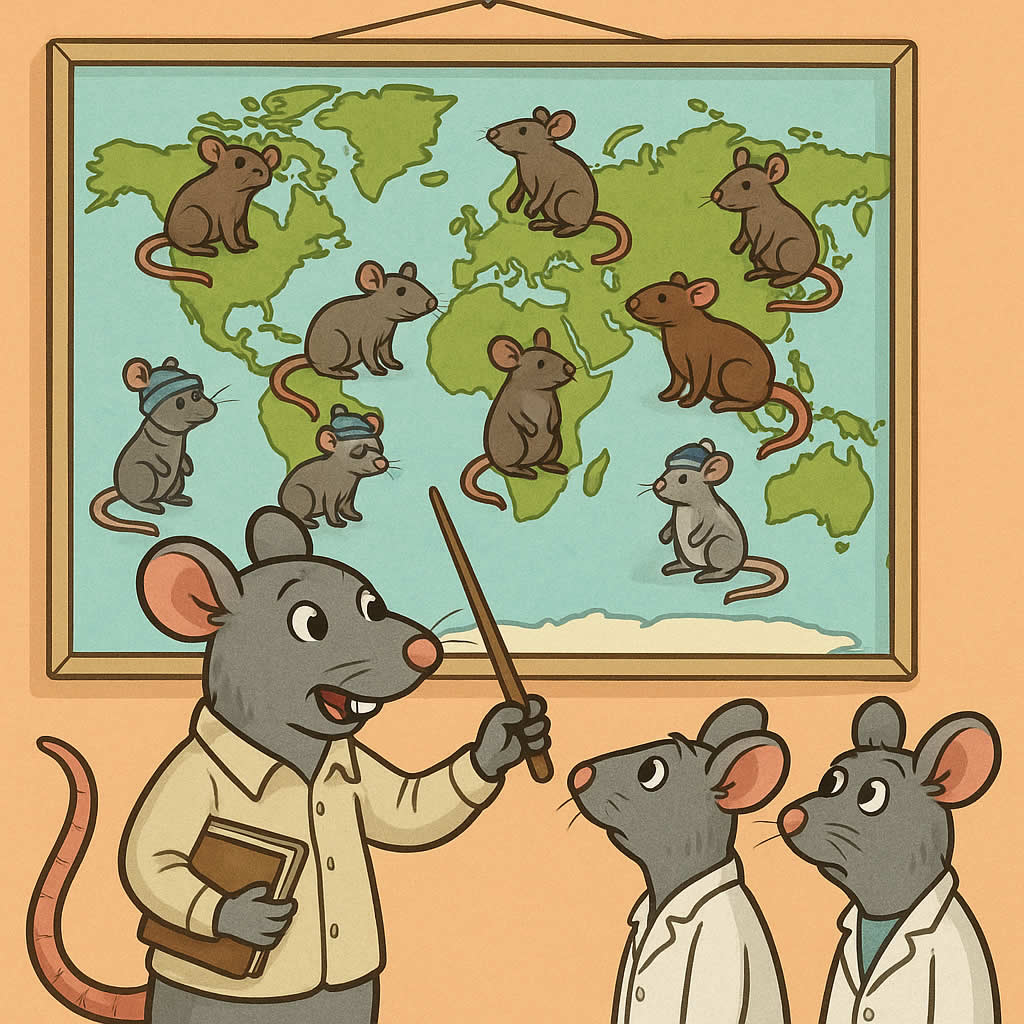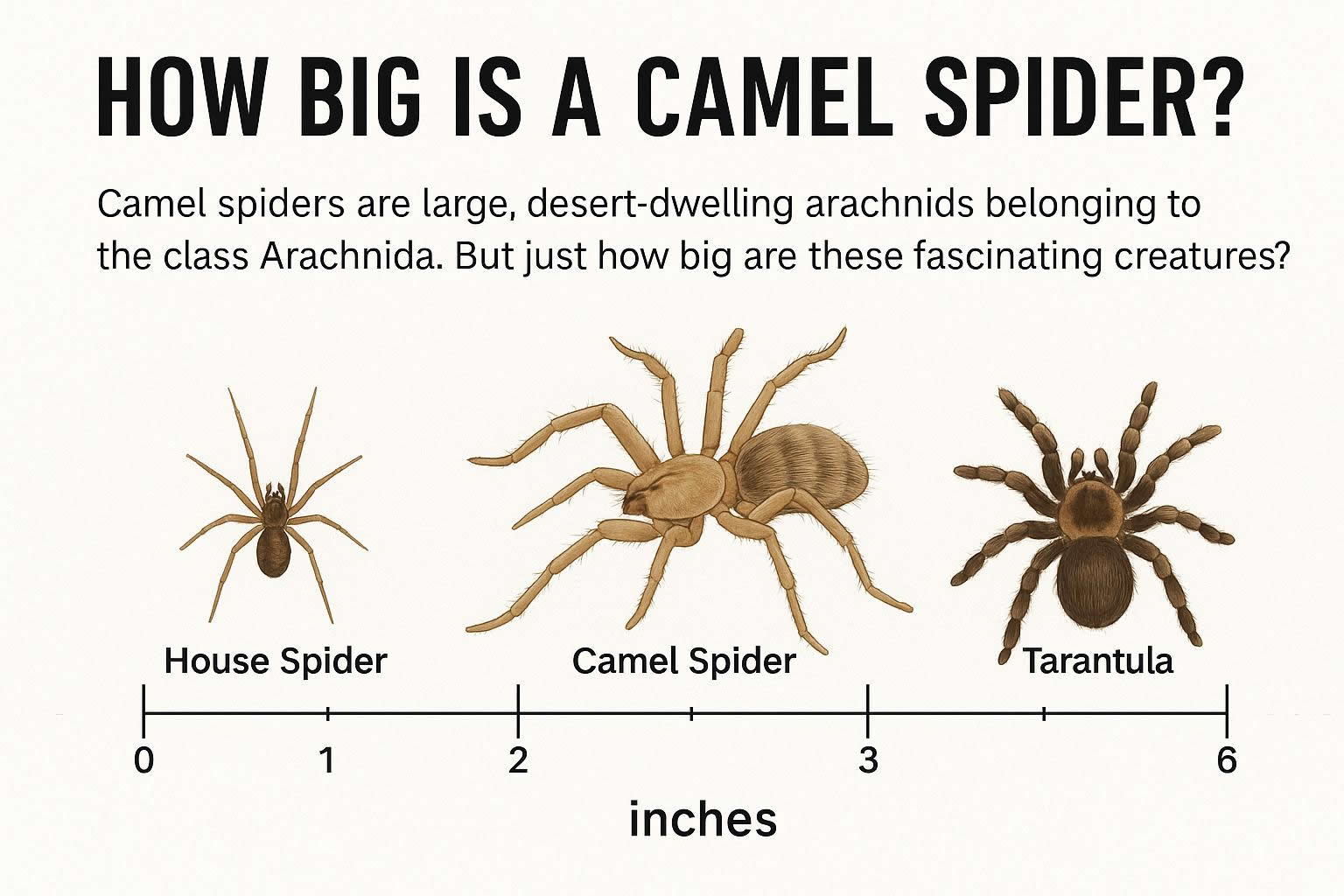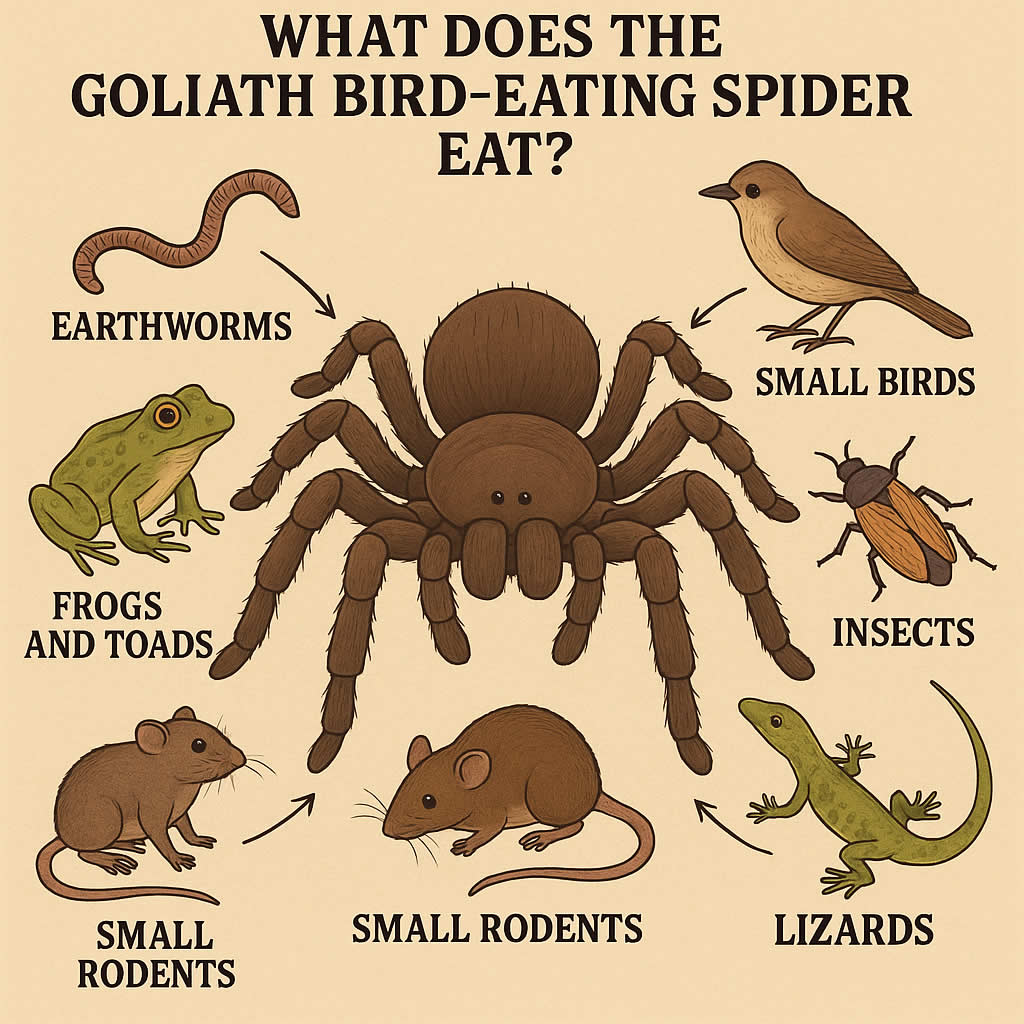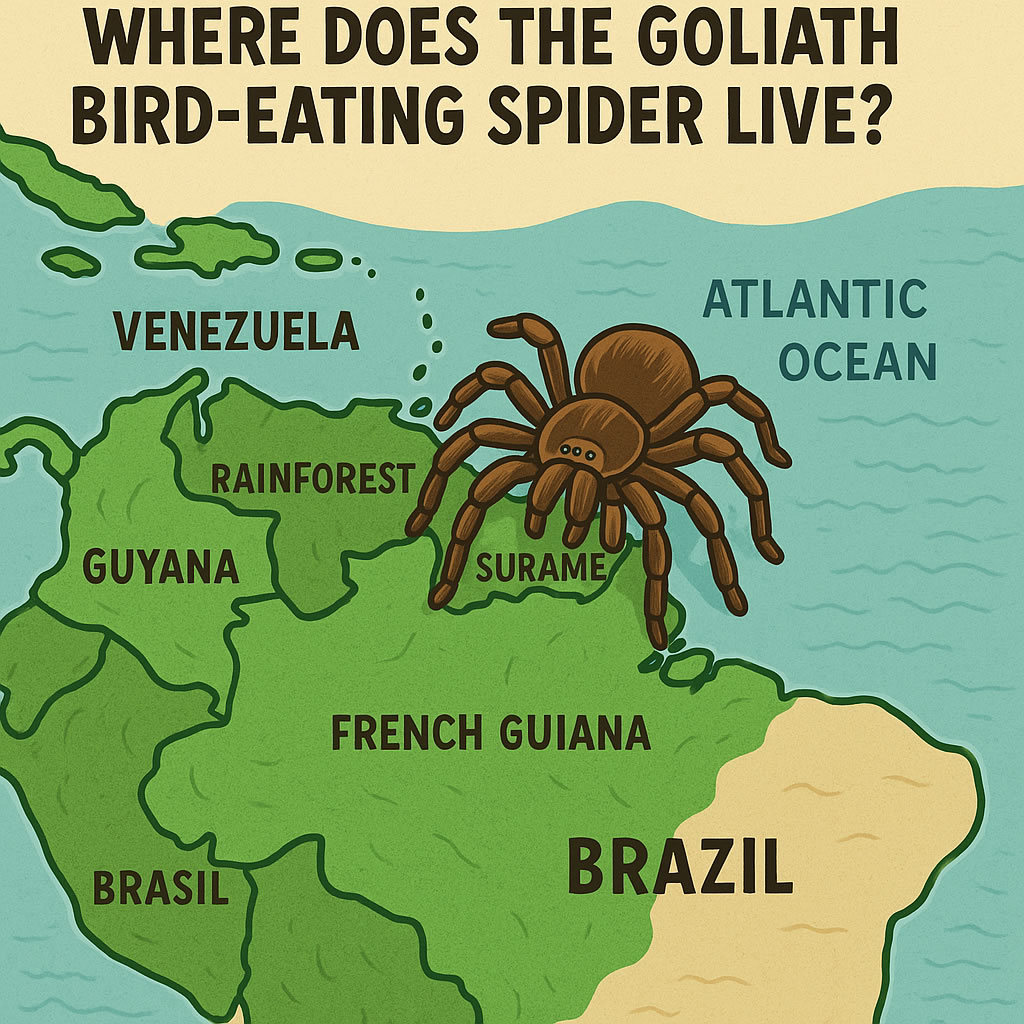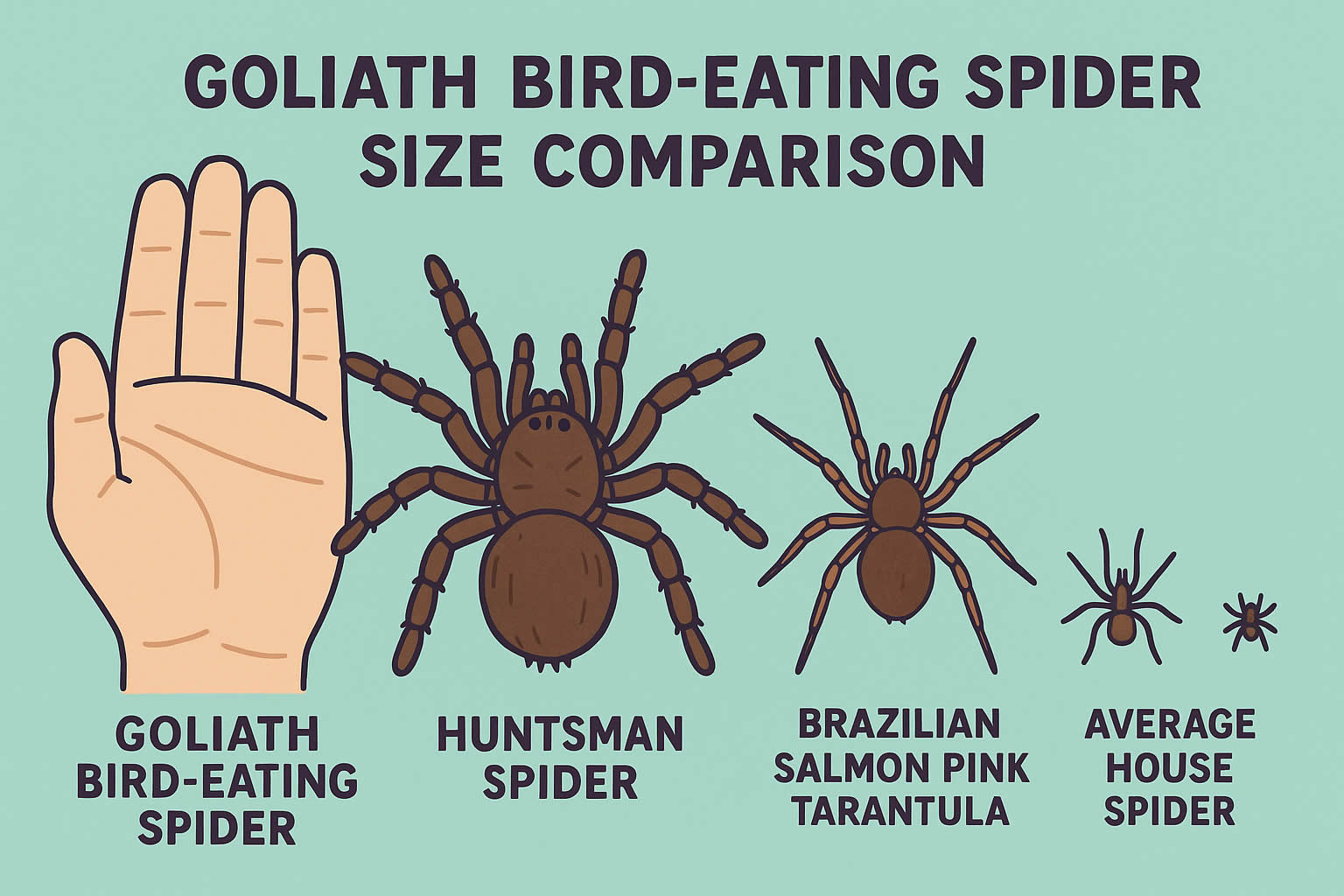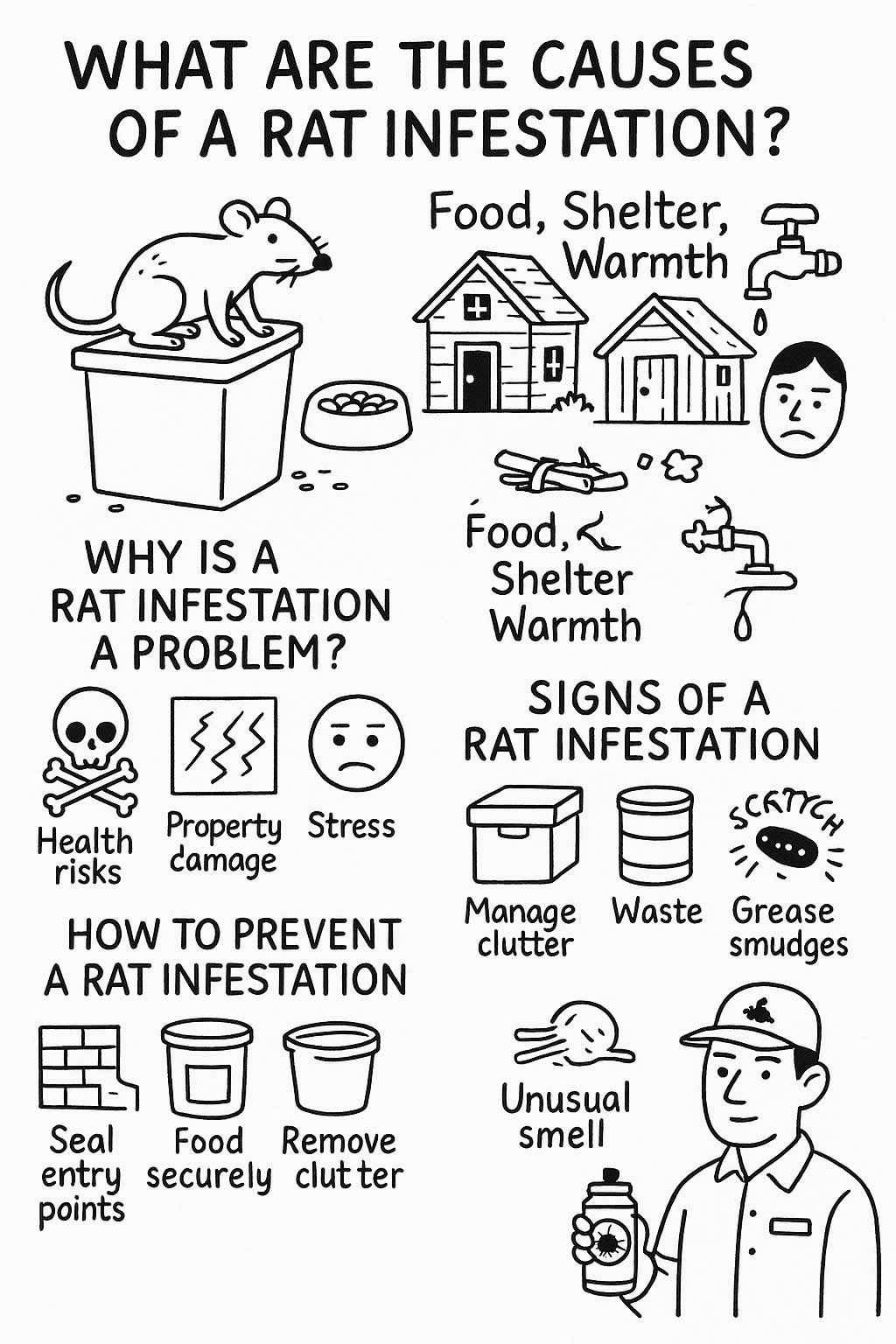Related Queries
ToggleRats have always stirred strong feelings. Whether it’s fascination, fear, or frustration, people have had plenty to say about these resourceful rodents. You might think of rats as pests or perhaps as survivors, but have you ever stopped to ask how many different kinds there actually are? Not all rats are the same. Some live in cities, others thrive in forests or islands you’ve never heard of. Some are invasive, and some are in danger of disappearing altogether.
This post walks you through the full picture—from what makes a rat a “rat,” to where they live, why they matter, and how their diversity affects both ecosystems and people. If you’re curious, or if you’re dealing with rat-related issues, this will give you a clearer view of what’s really out there.
Overview of Rat Species
Rats aren’t just the ones you spot in alleyways or attics. They’re part of a large and diverse group of mammals, and not every rodent is a true rat. So let’s get clear on what counts.
What counts as a rat?
In scientific terms, rats belong to the genus Rattus, which includes the species most people are familiar with—like the brown rat and black rat. But outside that group, there are other rodents that people often call “rats” (like the kangaroo rat or naked mole rat), though they’re from entirely different families. To keep it focused, when we talk about rat species here, we’re mainly talking about the Rattus genus and a few close relatives that scientists group with them due to shared traits.
So, if you’re thinking about the rats most likely to be found in your home, garden, or granary, you’re thinking of the true Rattus types.
Total number of rat species known
Right now, scientists recognise around 64 different rat species worldwide. This number comes from taxonomic databases that track every verified species—some long known, some only described recently. That figure might surprise you. Most people can only name two or three. The rest stay hidden from public attention because they’re either rare, isolated, or not as problematic for humans.
It’s important to realise that this number isn’t fixed. Taxonomy—the science of classification—is always being updated. New genetic tools, field studies, and fossil finds change how we understand species boundaries. Some rats once thought to be the same are now known to be separate species.
Rate of new discoveries and extinctions
New rat species are still being discovered, especially in under-studied regions like Southeast Asia or remote Pacific islands. On the flip side, several species have already gone extinct due to habitat loss, invasive predators, and human activity. The bulldog rat and Maclear’s rat, both native to Christmas Island, are now extinct. So, while the overall count might seem high, it’s not guaranteed to stay that way.
This balance—between discovery and loss—is what makes the study of rats both fascinating and urgent.
Most Common Rat Species Worldwide
Despite the dozens of species out there, only a few have spread widely enough to be considered household names. These are the ones most likely to show up in cities, towns, and agricultural areas—and they’ve shaped the way we think about rats.
The big trio: Black, Brown & Polynesian rats
Let’s start with the most well-known:
- The Brown Rat (Rattus norvegicus) is the most widespread. Found on nearly every continent, it’s the species most people associate with urban infestations.
- The Black Rat (Rattus rattus), often called the roof rat, was historically linked to the spread of plague and is still common in warmer climates.
- The Polynesian Rat (Rattus exulans) is smaller and less aggressive, mostly found in island regions across the Pacific. It’s not as familiar to people in Europe, but it has had a huge ecological impact on native wildlife wherever it was introduced.
These three species are the reason rats have a global reputation as survivors, and in some cases, as destroyers of crops or threats to health.
Other widespread species
Beyond the big three, there are several others worth noting:
- The Himalayan Field Rat (Rattus nitidus) has spread through parts of India and Southeast Asia.
- The Enggano Rat (Rattus enganus) lives only on Enggano Island, off the coast of Sumatra.
- The Turkmen Rat (Rattus turkestanicus) is less known but adapted to desert and steppe environments.
These species may not be global invaders, but they are locally significant—whether ecologically, economically, or medically.
Species unique to islands or specific habitats
A surprising number of rats evolved in isolation. Islands, in particular, host many unique species—rats that adapted to very specific environments, sometimes with no predators. This makes them extremely vulnerable when non-native species arrive.
Some examples include:
- The Guam Rat (Rattus tanezumi), which may have contributed to declines in bird populations.
- The Samoan Rat (Rattus praetor), which plays a role in island food webs.
- Extinct species like the bulldog rat, which were once common but vanished after habitat destruction and predator introduction.
These examples show how species can go from thriving to extinct when ecosystems change—even slightly.
Where Rat Species Live: Distribution & Habitat
Not all rats live in bins and basements. Some are more comfortable in forests, grasslands, or rocky outcrops. Understanding where rats live helps you understand how they behave—and how to deal with them when needed.
Geographic hotspots
The largest number of rat species are found in Asia and the Pacific. Countries like Indonesia, Papua New Guinea, and Australia are hotspots for diversity. That’s partly due to the rich ecosystems there—and partly due to how long these regions have supported mammalian life. The rainforest floor, island chains, and tropical climates provide ideal conditions for rodents to evolve into distinct species.
Some places have rats that you can’t find anywhere else. These native species often live side-by-side with invasive rats that humans introduced. And the competition between them can be fierce.
Urban vs wild species
Rats that live close to people—urban rats—have very different lives from their wild relatives. Brown and black rats thrive in cities, where they feed on food waste, nest in drains or lofts, and breed rapidly. They’re incredibly adaptive, often building social hierarchies and territory zones.
Meanwhile, wild rats—like bush rats or forest-dwelling types—have less contact with humans. They feed on seeds, insects, and plants, and many are solitary or territorial. Their role in nature is very different. They help with seed dispersal, keep insect numbers in check, and form part of larger food webs.
Invasive distributions
One of the biggest reasons rats are such a concern worldwide is because of how easily some species spread. Brown and black rats have travelled everywhere—from ships and shipping containers to food deliveries. Once introduced, they often outcompete or prey on native rats and small animals.
This is especially damaging on islands, where native species never evolved to deal with such aggressive competitors. Conservation teams in places like New Zealand and the Galápagos Islands now run eradication campaigns to protect native birds, reptiles, and insects from invasive rats.
Why Species Count Matters: Impacts & Ecology
You might wonder why it’s important to know how many rat species exist. The answer has everything to do with biodiversity, public health, and long-term environmental balance.
Ecological role & biodiversity
Rats are part of the natural order. In many ecosystems, they’re a vital link in the chain. They feed on plants and insects, they’re food for birds of prey and snakes, and they shape how seeds spread across forests. A world without rats would look different—not always better, just different.
Knowing which species are where helps ecologists understand how ecosystems work. It also helps track how things change over time.
Pest control and public health relevance
Different rat species carry different diseases, prefer different foods, and respond differently to control methods. If you’re dealing with rats on your property, knowing the species can guide how you manage the problem. For example, black rats prefer rooftops and trees, while brown rats stick to ground-level burrows. That knowledge shapes how traps or deterrents are set.
Some species are known carriers of diseases like leptospirosis, hantavirus, and salmonella. Understanding which rats are present in a region helps public health agencies prepare for and prevent outbreaks.
Conservation concerns
Finally, there’s the question of protecting rat species that are endangered. It might seem odd to worry about rats going extinct, but some species are under serious threat. Deforestation, invasive species, and climate change are pushing several native rats closer to extinction.
Conservation isn’t just about saving cuddly or iconic animals. It’s about preserving balance. Every species plays a role. When one disappears, the effects ripple outward.
Our Final Say!
Rats are much more than pests. They’re survivors, spreaders, caretakers, and competitors. Some are familiar, others barely known. The fact that there are over 60 recognised species—and likely more yet to be discovered—shows just how wide and varied this group really is.
By learning more about them, you don’t just understand the enemy (if they’re in your walls). You also get a clearer picture of the ecosystems around you—and how something as small as a rat can have a huge impact.
Whether you’re curious about their habits, involved in pest control, or passionate about biodiversity, taking time to understand rat species is a step towards better awareness, better solutions, and better decisions.
Pest Control Bromham – Pest Control The Hyde – Pest Control Dunton
